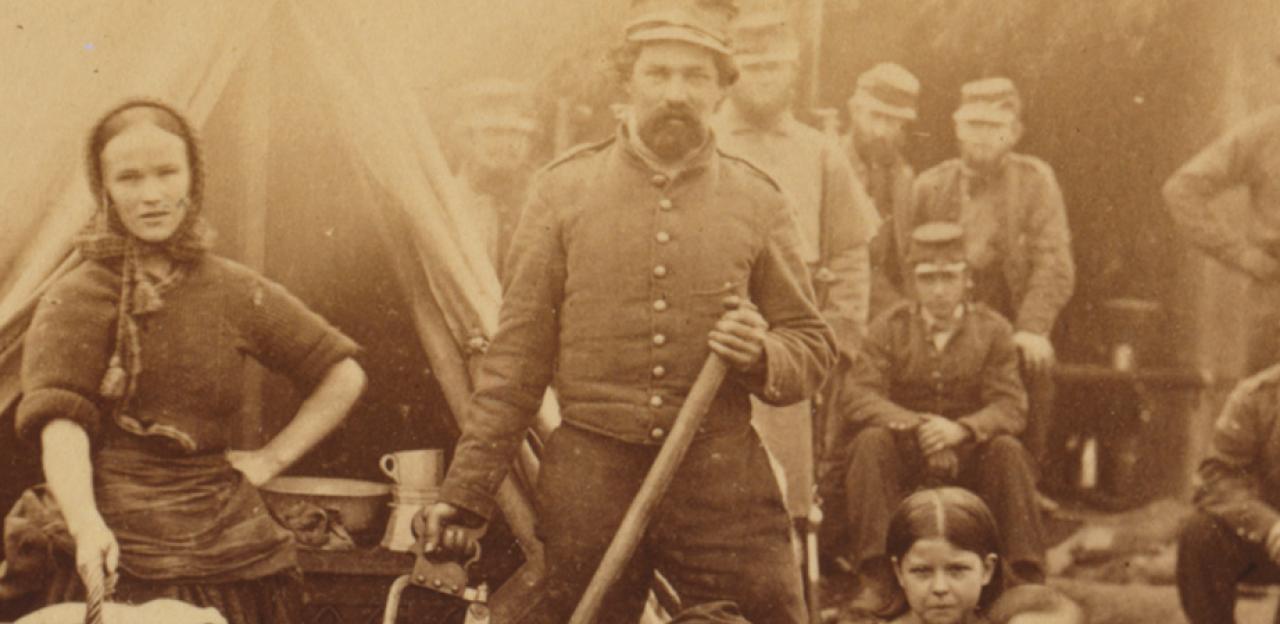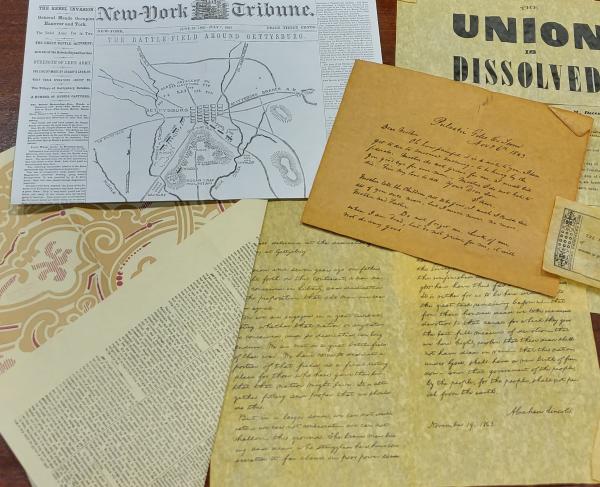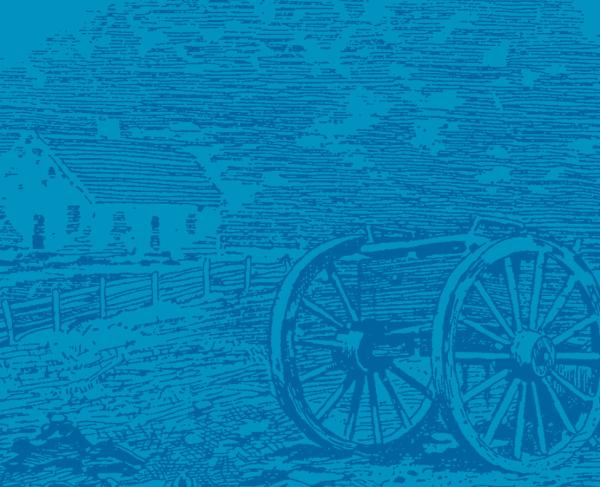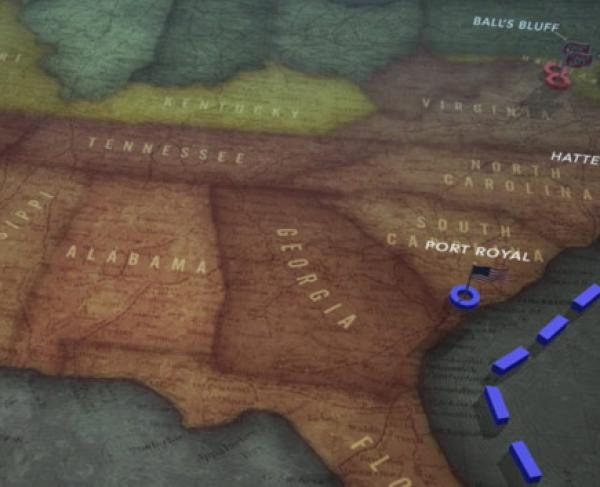The Home Front: Traditional Elementary Civil War Lesson Plan

Grades: Elementary
Approximate Length of Time: 50 minutes
Goal: Students will be able to list examples of work done on the home front and describe how news traveled to the home front.
Objectives:
- Students will be able to discuss the various roles of women, children, and slaves during the war.
- Students will be able to identify ways news of the war traveled to the home front, using primary sources such as newspapers, photographs, and letters.
Common Core Standards:
CCSS.ELA-LITERACY.RI.4.1
Refer to details and examples in a text when explaining what the text says explicitly and when drawing inferences from the text.
CCSS.ELA-LITERACY.RI.5.9
Integrate information from several texts on the same topic in order to write or speak about the subject knowledgeably.
CCSS.ELA-LITERACY.W.4.3
Write narratives to develop real or imagined experiences or events using effective technique, descriptive details, and clear event sequences.
NCSS Standards for Social Studies:
1—Culture
2—Time, Continuity, and Change
3—People, Places, and Environment
5—Individuals, Groups, and Institutions
Materials:
- Children’s Voices from the Civil War
- The Civil War Home Front PowerPoint
- Absolom Harrison Letter I
- Absolom Harrison Letter II
- Letty Barnes Letter
- Rebecca Barrett Letter
- Sarah S. Sampson Letter
- Analyzing a Primary Source Letter
- My Life in the Civil War
ANTICIPATORY SET/HOOK:
- Present the vocabulary word, Civilian: A person who is not a soldier or member of the armed forces.
- As a group brainstorm ways that Civilians might be involved in the Civil War. This can be anything from fundraising, to sending a loved one to fight, to having a battle take place in your own backyard.
Procedure:
Print out the PowerPoint with notes prior to class. There are notes included with the slides that will be on the printed slides, but won’t be seen by your students during the presentation.
Print out and give a copy of The Home Front PowerPoint to each student. Four slides per page leaves room for note taking.
Activity 1
- Read excerpts of Children's Voices from the Civil War aloud to the class.
- Ask students why they think children had these types of experiences.
- Discuss how most of the children who saw the war first hand were in the South and why that might be. (most battles were fought in the south with exception to some in Maryland and Pennsylvania)
Activity 2
- Present The Home Front PowerPoint presentation, following the discussion questions in the notes section.
Activity 3
- Divide students into 5 groups.
- Pass out one of the following primary source letters to each group.
- Absolom Harrison Letter I
- Absolom Harrison Letter II
- Letty Barnes Letter
- Rebecca Barrett Letter
- Sarah S. Sampson Letter
- Pass out a copy of Analyzing a Primary Source Letter to each group
- Have each group read its primary source letter and analyze it using the Analyzing a Primary Source Letter.
Closure:
- Have students write a paragraph discussing their life as a child during the Civil War using My Life in The Civil War.
Assessment in This Lesson:
- Informal assessment of responses to questions during PowerPoint presentation.
- Analysis of primary source letters.
- Completion of My Life in the Civil War.


